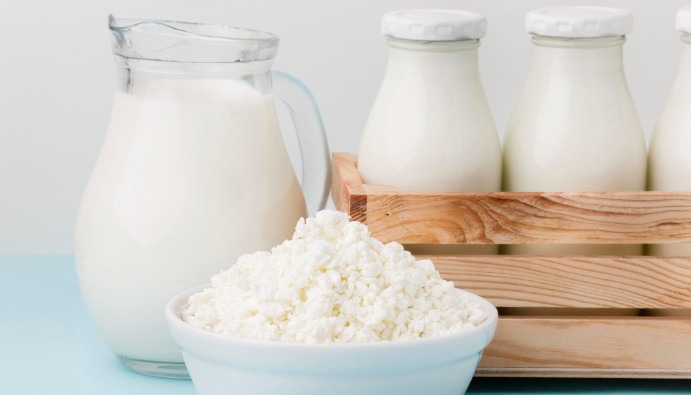
BLOG
KATEGORİDEKİ DİĞER YAZILAR

Sodium carbonate (Na₂CO₃) is popularly known as "soda ‘ or ’washing soda ”. Sodium carbonate, a white, water-soluble salt, has a wide range of uses in industry, from cleaning products to glass making. It appears as an undesirable additive, especially in dairy products.
It can be made in different varieties such as adding water to milk, adding vegetable oil, adding starch and gelatin asimitation and adulteration in dairy products . The main reason for sodium carbonate analysis in milk is to detect imitation and adulteration in dairy products. The purpose of using sodium carbonate is to increase the freshness of milk by increasing its pH level. In addition, milk with added sodium carbonate can be used to mask spoiled milk or to restore the pH balance after adding water to milk. This means misleading the consumer and reducing product quality. It is also preferred to prevent milk from clotting during processing, especially in summer, and because it is soluble in cold water and cheap.
The presence of sodium carbonate in milk is analyzed for the following reasons:
Apart from its benefits, delayed clotting due to the use of sodium carbonate in milk can cause problems in the production of some dairy products. If sodium carbonate is present in the milk used in cheese production, the desired acidity level cannot be achieved from the starter culture used. It also creates a favorable environment for proteolytic bacteria.
The use of sodium carbonate, which can cause problems in the production of dairy products, can be detected and precautions can be taken in advance with milk analysis.
Nanolab Laboratories Group continues to provide services within the scope of Sodium Carbonate Analysis in Milk . We also provide services in Imitation and Adulteration Analysis.
Contact us for more information.
You can follow us on LinkedIn for up-to-date news and posts about our services.
Follow our Instagram account to be informed about our latest blog posts.